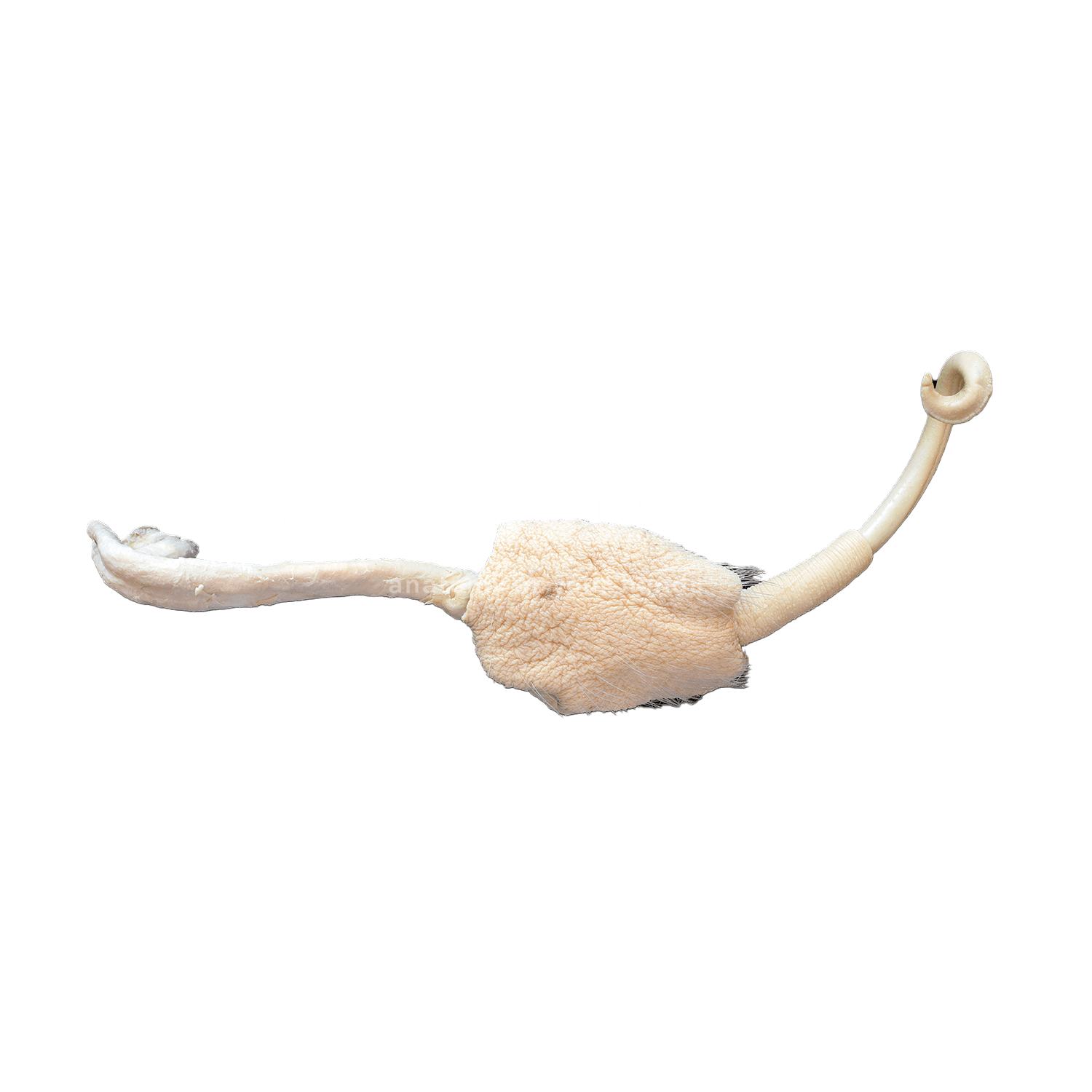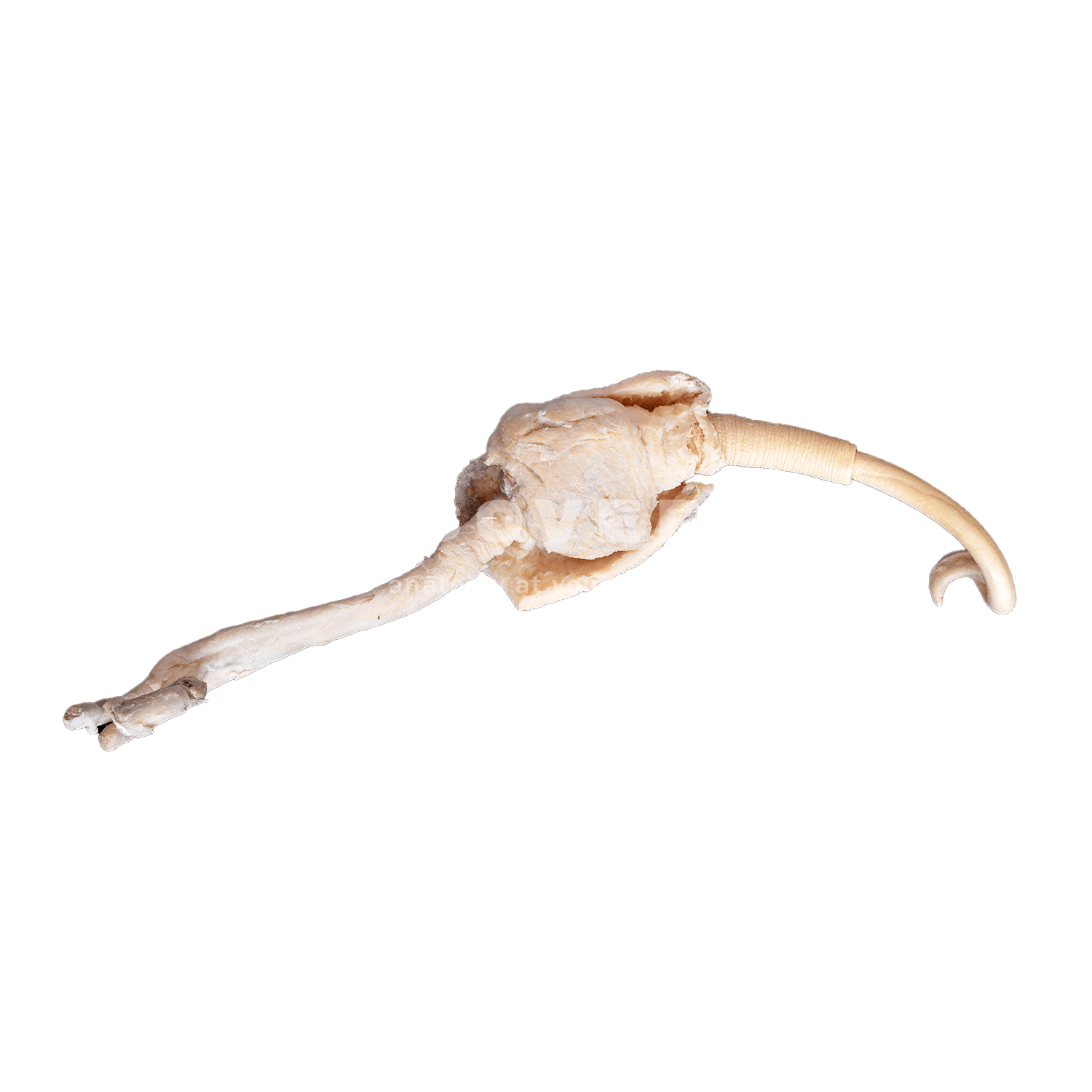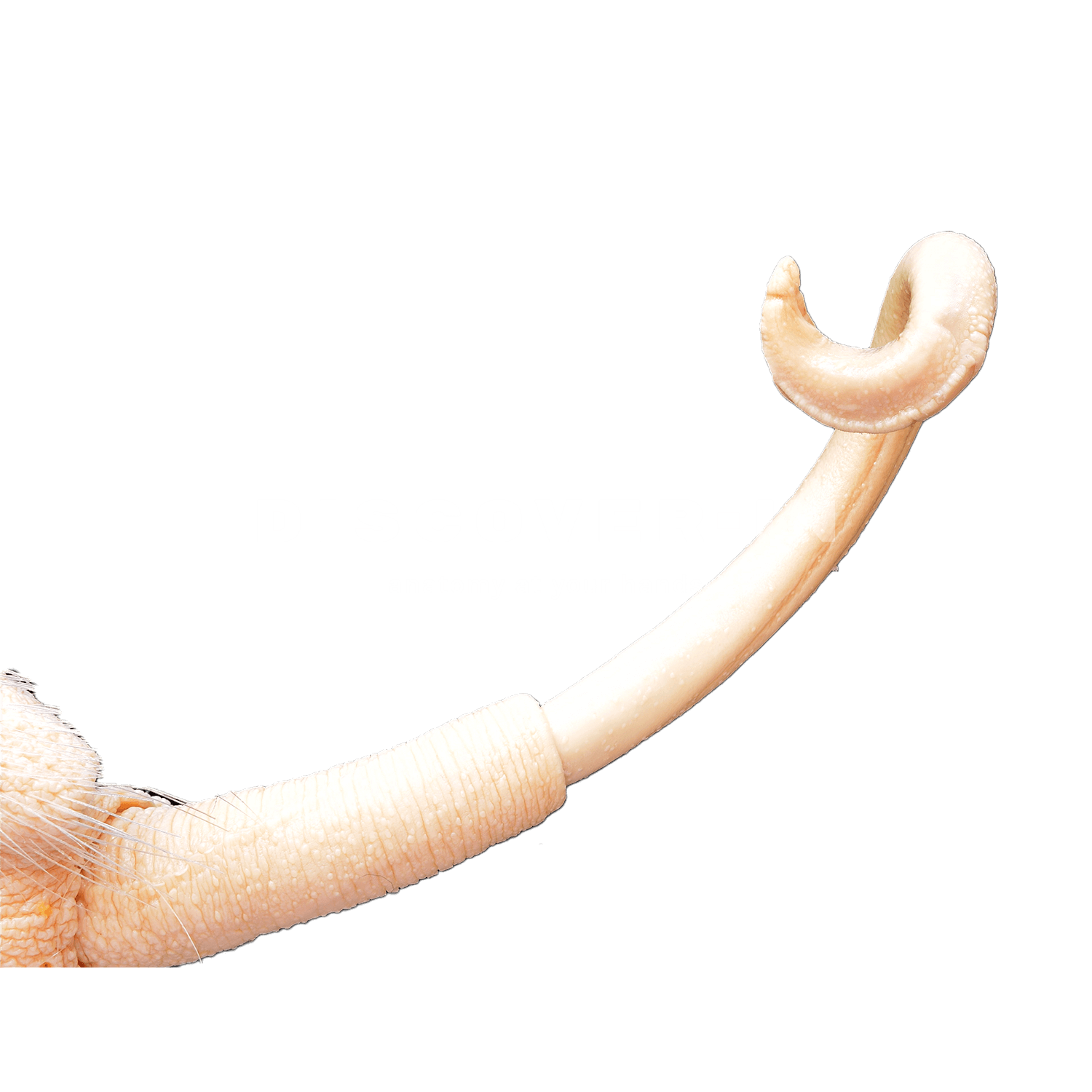


If you have access to our plastinated specimens, you will be able to deepen your anatomical knowledge in a practical and hands-on way.These specimens will enable you to:
• Precisely identify key anatomical structures.
• Understand anatomical reality in detail.
• Reinforce theoretical learning.
• Strengthen the acquisition of practical and clinical skills.
These advantages make Discover-IN specimens an innovative resource for students, educators, and professionals seeking comprehensive, effective, long-lasting, and biologically safe training in veterinary anatomy.
Discover-IN provides real plastinated specimens designed specifically for practical, safe, and long-lasting veterinary anatomy education and training. These materials are ideal for veterinary faculties, anatomy laboratories, and continuing education centers that require high-quality anatomical resources.
The catalog includes a wide range of species and anatomical systems, offering specimens that support hands-on understanding—from isolated organs to complex dissections, body sections or organ blocks. Each piece is unique thanks to the plastination process.
This resource adds significant value to veterinary training by enhancing learning through direct experience and complementing theoretical knowledge with real, easy-to-handle materials.
The swine penis is anatomically distinct and exhibits several specialized features that differentiate it from other livestock species. Veterinarians and reproductive biologists emphasize studying these characteristics to ensure reproductive success and optimize herd management.
General Structure
The swine penis is classified as a fibroelastic organ, meaning it is primarily composed of dense connective tissue with limited erectile tissue. This structural arrangement allows rigidity even when partially erect, which is advantageous for copulation. One of the most notable features of the swine penis is its corkscrew-shaped glans, which is specifically adapted to interlock with the cervix of the sow. This unique morphology ensures the precise deposition of semen during mating, enhancing fertilization success.
Key anatomical components include:
- Shaft: Composed of the corpus cavernosum and corpus spongiosum, the shaft provides structural support and houses the urethra.
- Glans penis: The distal portion features the characteristic spiral shape, which corresponds to the sow’s cervix. Any malformations can compromise reproductive efficiency.
- Prepuce: The protective sheath covers the penis when retracted, preventing injury and maintaining hygiene.
- Vascular and connective structures: Blood vessels and connective tissues maintain rigidity during erection and allow flexibility for successful copulation.
Morphological Variations
Morphology can vary depending on breed, age, and individual differences:
- Domestic boars typically display a pronounced corkscrew glans, optimized for artificial insemination and natural mating.
- Wild boars tend to have slightly longer, thicker penises, reflecting evolutionary adaptations to natural mating competition.
- Abnormalities: Conditions such as porcine penile maladaptation or trauma can prevent proper mating, necessitating veterinary intervention.
Physiology and Function
The function of the swine penis is closely intertwined with its unique anatomical features. Physiological mechanisms ensure successful copulation, sperm delivery, and fertilization, making it a subject of significant veterinary interest.
Erection and Copulation
The erection of the swine penis is primarily fibroelastic rather than fully erectile, relying on the straightening of the sigmoid flexure—a S-shaped curve in the penis—rather than extensive blood engorgement. Key steps in the physiological process include:
- Sexual arousal: Initiated by sensory stimuli such as pheromones, visual cues, or tactile interaction with the sow.
- Activation of the sigmoid flexure: Muscular contraction extends the penis, allowing insertion into the cervix.
- Corkscrew engagement: The spiral glans locks into the cervix, ensuring semen is deposited close to the uterine body for optimal fertilization.
- Sperm transport: The urethra delivers sperm efficiently into the sow’s reproductive tract, supported by peristaltic muscular movements.
This specialized physiology highlights the evolutionary adaptation of swine to natural mating strategies, ensuring high reproductive success even in large herds.
Sexual Maturity and Reproductive Performance
Sexual maturity in male pigs is reached between 6 and 8 months, though optimal breeding performance often occurs after one year of age. The swine penis’ anatomy and physiology directly influence:
- Mating efficiency: Proper corkscrew morphology ensures effective semen transfer.
- Fertility rates: Anatomical defects or physiological dysfunctions reduce conception success.
- Artificial insemination protocols: Understanding natural penile mechanics guides semen collection and insemination timing.
Importance of studying the Swine Penis
The study of penile anatomy and physiology serves to:
- Detect congenital anomalies such as malformed glans or urethral defects.
- Identify injuries caused by trauma or improper handling.
- Diagnose reproductive pathologies that affect breeding success, including infections and inflammatory conditions.
Accurate diagnosis ensures timely intervention and minimizes economic losses in commercial pig operations.
Breeding and Artificial Insemination
Knowledge of swine penile anatomy is critical for breeding management:
- Semen collection: Proper handling during collection requires familiarity with penile morphology to prevent injury.
- Artificial insemination: The corkscrew shape and fibrous structure inform catheter design and semen deposition techniques.
- Selection for breeding: Healthy penile morphology is a criterion for choosing sires with high reproductive potential.
Animal Welfare and Productivity
Understanding the swine penis it is essential for animal welfare:
- Preventing injury: Proper handling during mating and semen collection reduces trauma.
- Early detection of reproductive disorders: Prompt veterinary care mitigates suffering and improves herd productivity.
- Optimizing breeding programs: Healthy reproductive anatomy enhances efficiency, reducing the number of unsuccessful mating attempts and supporting sustainable animal husbandry.
In conclusion, the swine penis is a highly specialized organ whose unique anatomy and physiology are critical to successful reproduction in pigs.
Its corkscrew-shaped glans, fibroelastic structure, and complex functional mechanisms exemplify a remarkable evolutionary adaptation designed to maximize reproductive efficiency. A deep understanding of this system is essential for advancing reproductive management, improving fertility outcomes, and supporting veterinary and breeding practices in swine production.